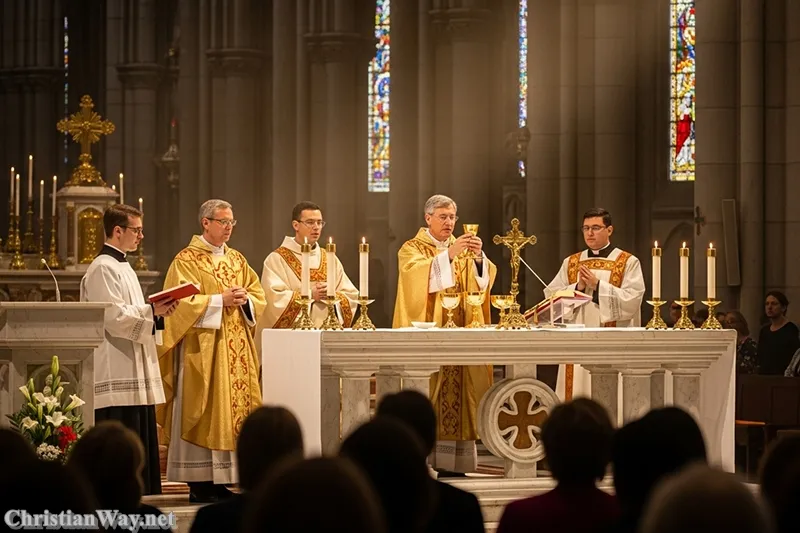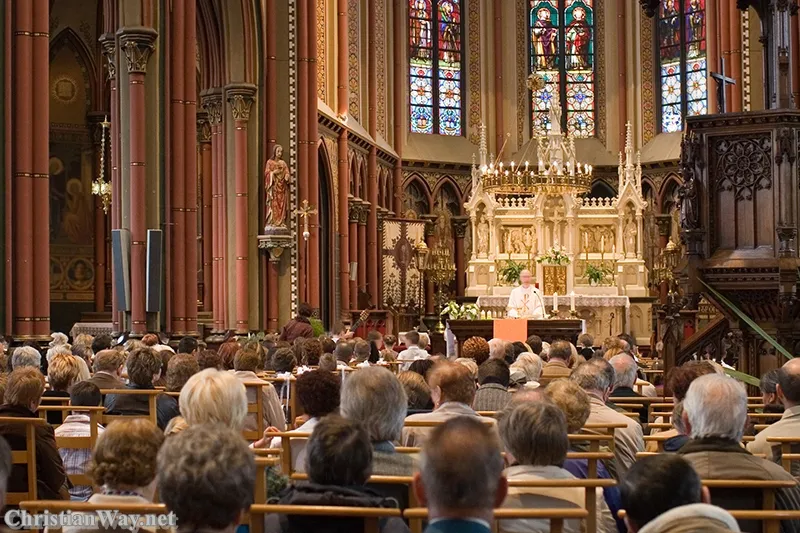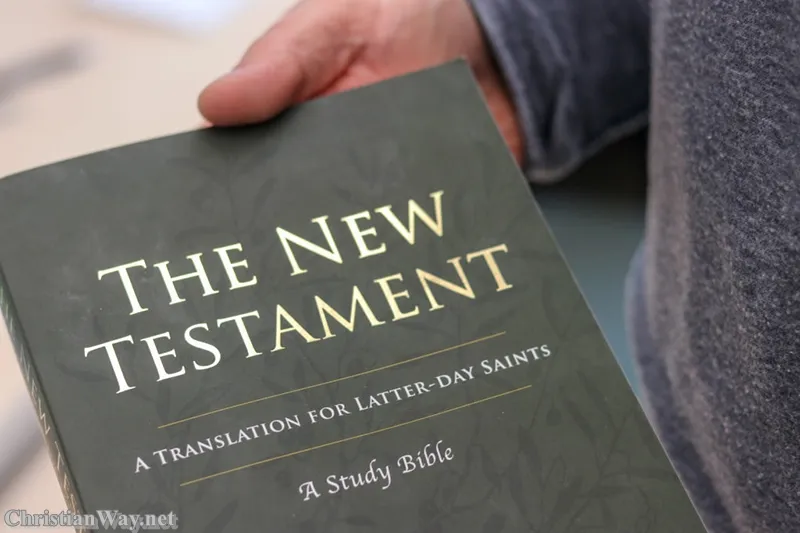Dear friends in Christ,
Every generation looks for light—someone to speak with wisdom, to stand before the mystery of life and death, to help us make sense of the divine whisper that calls within. In every age, God has raised up men to serve His people in this way—priests who, though human and frail, become living bridges between heaven and earth. They are not men set apart for privilege, but for service; not to be admired from afar, but to walk among us as shepherds of souls, servants of the Word, and stewards of the sacred mysteries.
The priesthood, in all its forms throughout the Christian world, remains one of the most beautiful and demanding vocations. It is a calling not born of ambition, but of love—a love that desires to give everything so that others may find Christ. To be a priest is to stand daily before God and His people, offering prayer, forgiveness, and the Eucharist, not as one who possesses holiness, but as one entrusted with it for the sake of others.

In this reflection, we will look more deeply into the mystery of the priesthood: its biblical roots, its spiritual meaning, its role in the life of the Church, and how the heart of every priest reveals the heart of Christ Himself—the Eternal High Priest.
The Priesthood in God’s Plan
From the earliest pages of Scripture, the idea of priesthood is woven into God’s relationship with humanity. A priest is, by nature, a mediator—one who stands between God and His people, offering sacrifices of praise, thanksgiving, and atonement.
In the Old Testament, priests were chosen from the tribe of Levi, set apart to serve in the Temple. Their work was sacred: offering sacrifices, maintaining purity, and interceding for the people. Yet these ancient priests pointed to something greater—the perfect priesthood that would one day be fulfilled in Jesus Christ.
As the Letter to the Hebrews proclaims:
“We have such a high priest, one who is seated at the right hand of the throne of the Majesty in heaven” (Hebrews 8:1).
Christ did not offer the blood of animals, but His own life. He became the bridge between heaven and earth, reconciling humanity with the Father. Every priest in the Church today participates in that same eternal priesthood—not as a replacement for Christ, but as His visible instrument in the world.
The Priest as an Icon of Christ
To understand the priest is to look not first at his human qualities, but at the One whom he represents. When the priest speaks the words of absolution—“I absolve you from your sins”—it is Christ who forgives. When he says, “This is My Body,” it is Christ who offers Himself anew in the mystery of the Eucharist.
A priest, therefore, is not simply a teacher or moral leader. He is a sacramental presence of Christ the Shepherd. Through his hands, the grace of God flows into the lives of the faithful. Through his words, the Gospel is proclaimed. Through his life, imperfect though it may be, the mercy of God is made visible.
In the Catholic and Orthodox traditions, this is understood through the concept of in persona Christi—the priest acts “in the person of Christ.” In Protestant and Anglican communities, though the theological understanding may differ, the pastoral heart remains the same: a priest is a servant of the Word, a shepherd of the flock, and a minister of God’s grace.
The priest stands at the altar, but he also walks with the poor, comforts the dying, counsels the troubled, and rejoices with those who rejoice. His vocation is not a role but a relationship—a lifelong covenant with God and His people.
Called to Serve, Not to Be Served
Christ gave the clearest model of priesthood at the Last Supper, when He washed the feet of His disciples.
“If I, your Lord and Teacher, have washed your feet, you also ought to wash one another’s feet” (John 13:14).
Here we see the essence of every priestly calling: humble service. The priest is not meant to dominate but to serve, not to seek honor but to lift others up. His power lies not in authority but in compassion.
In every tradition—whether Catholic, Orthodox, Anglican, or Protestant—the faithful look to their pastors and priests for guidance, not because they are perfect, but because they are willing to love with the heart of Christ. The priest’s strength is found in prayer, his joy in sacrifice, his fulfillment in seeing others come closer to God.
The Priest’s Inner Life
Behind every public ministry lies a private sanctuary—the priest’s own interior relationship with God. Without prayer, his ministry becomes hollow; without humility, his service becomes self-centered. A priest must live what he preaches: a life of daily conversion, gratitude, and surrender.
In the stillness of early morning, before the altar or in the quiet of his room, he carries the world in his heart: the sick, the sorrowful, the lost, and the hopeful. He intercedes for them not because he is better than they are, but because he has promised to stand before God on their behalf.
Saint John Vianney, the patron saint of parish priests, once said:
“The priesthood is the love of the heart of Jesus.”
This love is not sentimental. It is costly. It demands total self-giving—days spent in service, nights spent in prayer, years of quiet endurance when results seem invisible. Yet through it all, grace flows.
The Priest and the Sacraments
The sacraments are the heartbeat of the priestly ministry. Through them, God continues His work of salvation in the world.
When a priest baptizes, new life begins.
When he absolves, sins are forgiven.
When he anoints the sick, hope is renewed.
When he celebrates the Eucharist, heaven touches earth.
The hands of a priest are consecrated not for prestige, but for service—to lift the Host, to bless, to anoint, to comfort. Every sacrament he celebrates is an act of love: God reaching out through human touch.
The Priest in the Modern World
In our time, priests face new challenges. The world often misunderstands them, and scandals have wounded the Church’s witness. Yet in every generation, there remain countless priests who quietly serve with holiness and faithfulness—visiting hospitals, teaching children, listening to confessions, feeding the hungry, and bringing the light of Christ into hidden corners of the world.
The modern priest must be both a man of prayer and a man of compassion. He must understand the complexities of human life—family struggles, social injustice, doubt, and loneliness—while always pointing toward the hope that is found in Christ alone.
He lives not above the people, but among them. His calling is not to escape the world, but to sanctify it—to bring grace where there is pain, to bring presence where there is absence.
Priests Across Christian Traditions
Though Christian communities differ in theology and structure, the heart of priestly service remains universal.
- In the Catholic Church, the priesthood is sacramental, a continuation of Christ’s priesthood made visible in the Mass and the sacraments.
- In the Orthodox Church, the priest (or presbyter) is seen as a father of the community, deeply rooted in the liturgy and the mystery of the divine presence.
- In the Anglican tradition, priests stand in apostolic succession, combining the pastoral care of Protestant communities with the sacramental life of Catholicism.
- In Protestant churches, though the ordained ministry is often understood differently, pastors and ministers embody the same priestly heart—preaching the Word and caring for souls.
What unites all is the same Spirit, the same Christ who calls and sends, the same desire to serve God’s people with love.
The Cross and the Priest
Every priest must walk the way of the Cross. He bears the joys and sorrows of many, often unseen and unthanked. His greatest strength lies not in success, but in fidelity—in staying with Christ through the long night of faith.
Just as Christ offered Himself once for all, the priest offers his life daily: his time, his heart, his future. Each Mass he celebrates is both a memorial of the Cross and a mirror of his own life poured out in service.
It is in suffering that the priest becomes most Christ-like—not in eloquence or accomplishment, but in the quiet endurance of love.
The Priesthood and the People of God
A priest is never a priest alone. He exists for the Church—the Body of Christ. Without the prayers and faith of the people, his ministry cannot flourish. Likewise, without the priest, the people are deprived of the sacramental presence that sustains their spiritual life.
This relationship is one of mutual love and intercession. The people pray for their priest, and the priest prays for his people. Together they form a living communion, each part essential to the other.
As Saint Paul wrote:
“For we are God’s fellow workers; you are God’s field, God’s building” (1 Corinthians 3:9).
Reflect and Pray
Dear friends, as we reflect on the gift of the priesthood, let us give thanks to God for those who have dedicated their lives to serving Him and His Church. Let us pray for our priests, that they may remain faithful, joyful, and holy in their calling.
May every priest, in every Church and community, remember that he is not alone—that Christ Himself walks beside him. And may we, the people of God, recognize in their ministry the living presence of Jesus, the Eternal High Priest, who continues to love and save His people through human hands.
Let us close with a prayer:
Lord Jesus Christ,
You chose men from among us to be signs of Your presence in the world.
Strengthen our priests with Your grace,
fill them with the fire of Your love,
and keep them faithful to the work You have entrusted to them.
May their lives reflect Your compassion,
and may they always find joy in serving Your people.
Through You, who live and reign forever and ever. Amen.
— Fr. John Matthew, for Christian Way





